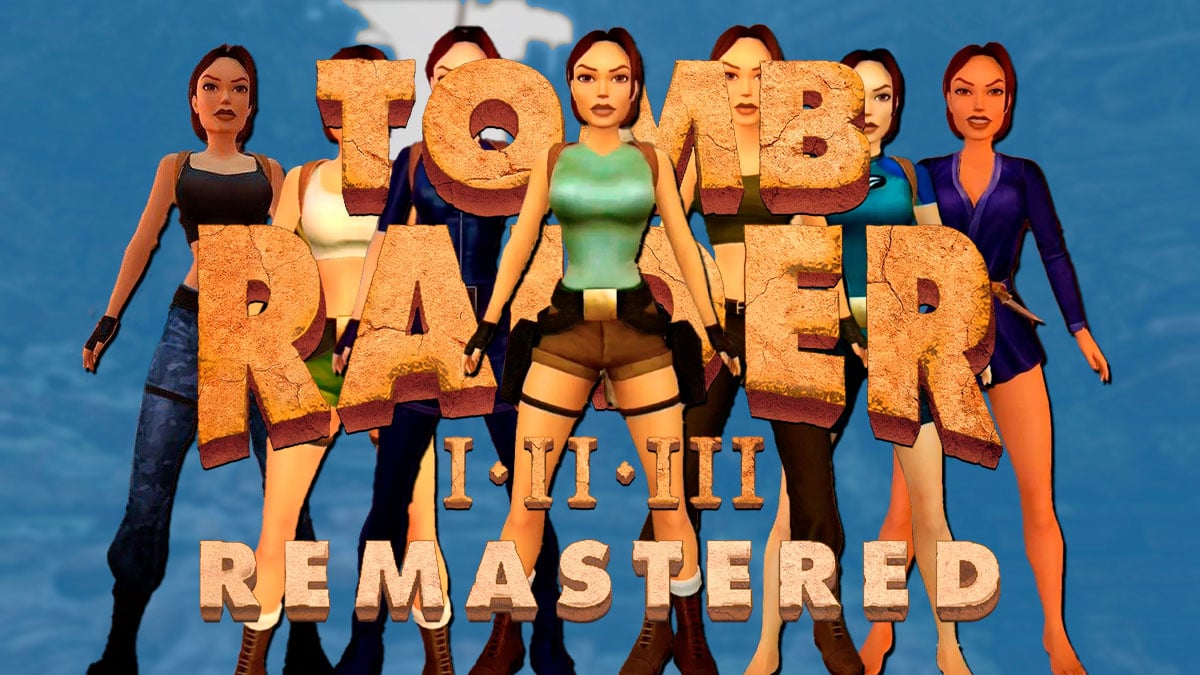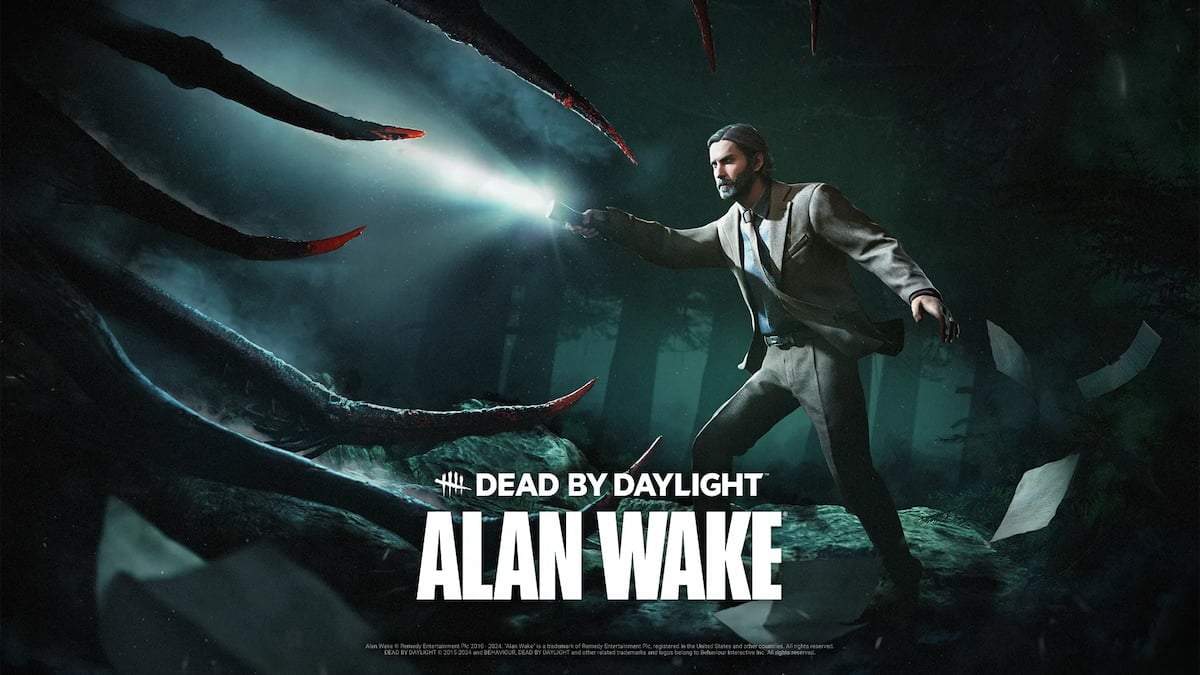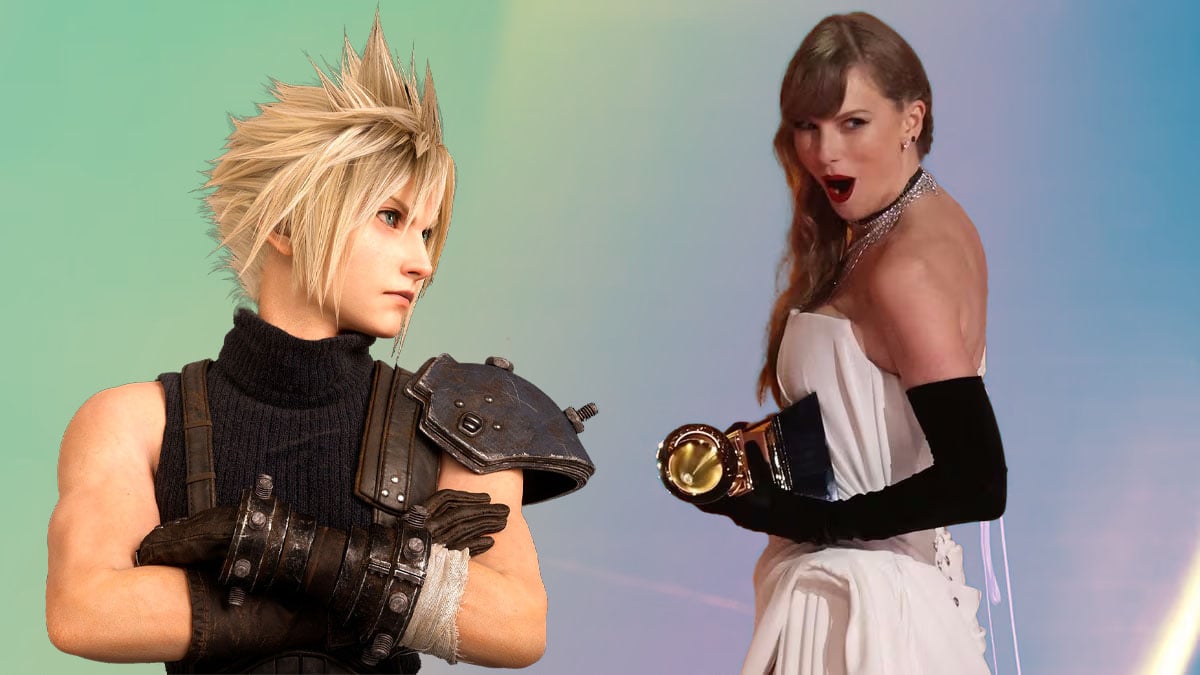In the two years since Google’s cloud-gaming service Stadia entered the market, a lot has changed, both in cloud gaming and in the gaming industry in general. We’ve had the release of the current generation of consoles, numerous big-scale acquisitions, as well as the increase in other cloud gaming services with the likes of Nvidia’s GeForce Now and Xbox’s Game Pass add-on, xCloud. It’s strange that, considering the company behind Stadia, that its efforts have been fruitless compared to its competitors. More likely, it’s Google’s fault that Stadia has dwindled down to a forgotten attempt.
When Google Stadia news pops up in social feeds and news sites, most of the comments are from confused gamers who didn’t even know of or remember that Google Stadia exists. So here is a primer.. Google’s attempt at a cloud-only platform, Stadia, is a multi-device, cloud-gaming service which, compared to its competitors, had its own storefront where you purchased games. GeForce Now and xCloud are more add-ons, enabling you to play either your existing PC games or games on the Game Pass service respectively.

Stadia launched to the general public in November 2019. It was sold as a bundle which included the Stadia controller, the Google Chromecast Ultra, and three months of their subscription service, Stadia Pro. In April 2020, Stadia opened the doors for any interested gamers to join as part of their no-cost base subscription. Google Stadia benefits from having its own storefront on the cloud in numerous ways: purchasable games unlike other cloud services, the ability to use hardware that you already own instead of purchasing new hardware like a physical console, and the fact that the subscription isn’t required for either accessing games or playing multiplayer features.
Google had the perfect shot at the goalposts, since they have data centers around the globe which help power the cloud-gaming service, as well as having the money and name brand to make good deals with existing publishers and developers. However, they didn’t even really shoot, let alone score. Google simply looked at the opportunities that Google Stadia could have had, and shot it down. In January 2021, they shut down their in-house development studio, Stadia Games & Entertainment. Now Business Insider has released an article where Google seems to be focusing on the B2B of the service as opposed to the consumer platform.

So what happened? Well, numerous things led us to this point. I’d like to add before we go any further, that I’m actually a fan of Google Stadia. Despite having a PlayStation 5, Xbox Series X and an admittedly low-budget PC, I’m fond of Google’s game streaming service. It produces the highest quality of game streaming compared to its competitors, with an extremely low cost-of-entry. Whilst it’s not required, the Stadia controller is second to only the Xbox One / Series controller. But even as a fan, it’s hard not to confess my disappointment in a platform I had high hopes for.
Google Stadia is the embodiment of the saying “the fish rots at the head”, because it’s clear that the consumer-facing platform failed due to Google’s lack of understanding and faith in the gaming market and its own service. At the start, they surely put their money where their mouth is, offering tens of millions of dollars for Red Dead Redemption 2 alone. Now, the only real AAA games that arrive on Stadia are published by Ubisoft, who has shown a clear interest in the platform, even offering Ubisoft+ subscribers the opportunity to play games on Stadia as part of their subscription. They’ve also dwindled down their Stadia Makers Program, which was a fairly successful attempt at providing funds for indie developers in exchange for putting their games on the platform.
Google has a history of killing off their services or shifting them into existing products. A sign reading “Killed by Google” stands over a graveyard of products and services which have met their demise, some worthy of being finished and some not. Google Stadia is my personal favorite when it comes to streaming video games. Alternatives such as GeForce Now, xCloud, or PS Now don’t meet the same level of quality and technology, but those three services have a company putting their faith into them. It’s no surprise that Google will likely roll Stadia’s consumer facing platform into Google Play Games and then move the streaming tech into a white-labeled service.

Ultimately, it’s just a shame that it’s reached this point. Of course, Google Stadia has yet to be buried in the so-called Google Graveyard, it seems like the coffin is already being prepared, at least for the consumer side. If anyone could have made the future of the Gaming Industry, besides Microsoft and Sony, it would have been Google. They’re a titan of a company, with money and the resources to develop an interesting product for gamers. But instead, we got a half-baked library of games, a poor level of marketing and communication, and a service which most people won’t remember within the next few years. I just hope that Google learns from their mistakes here, but I have a feeling that it won’t, and there will be another unfinished product released in the future which will meet the same fate.








Published: Feb 9, 2022 06:15 am